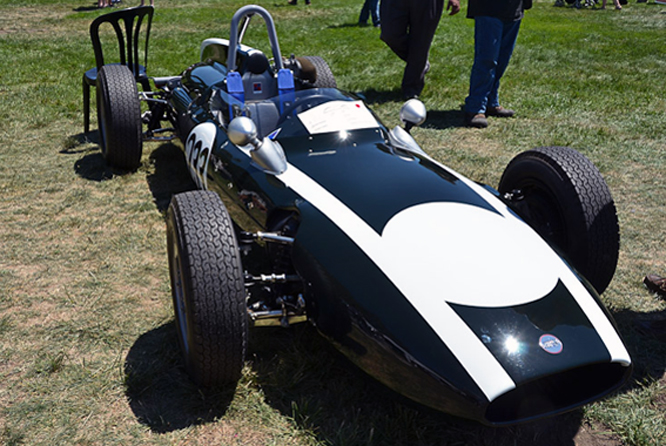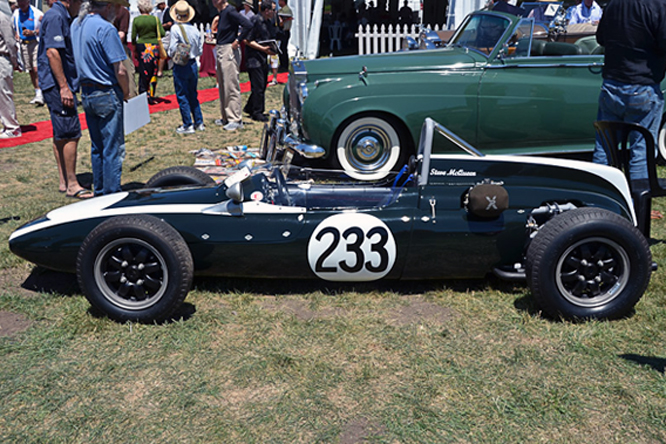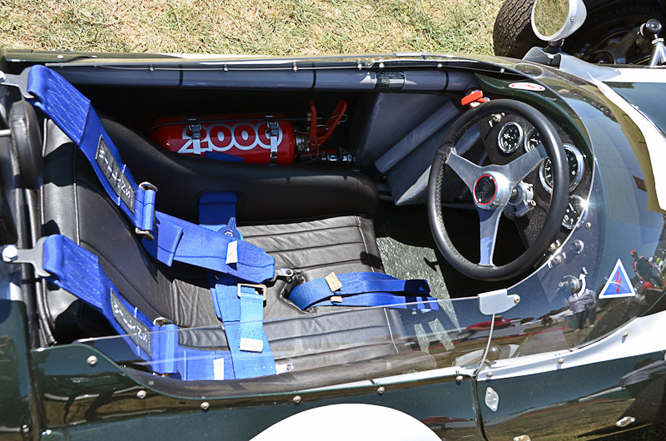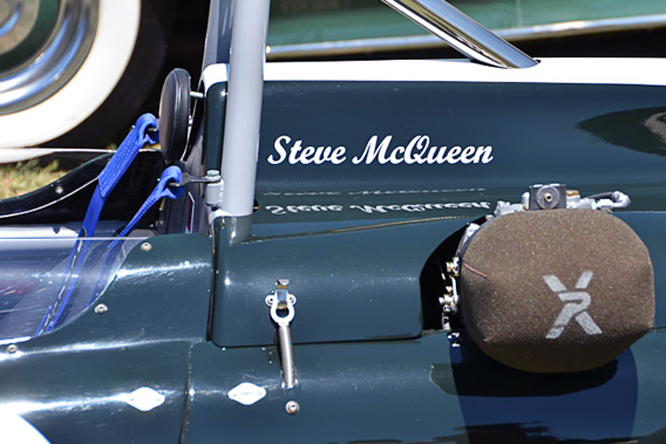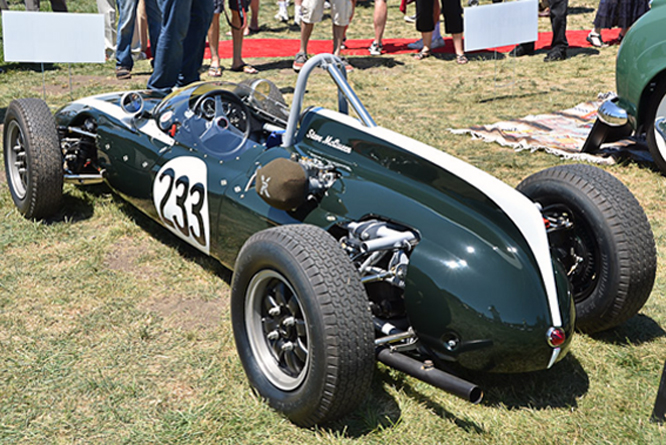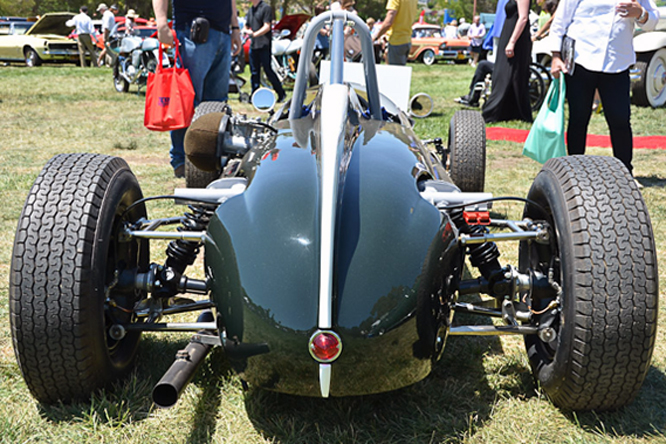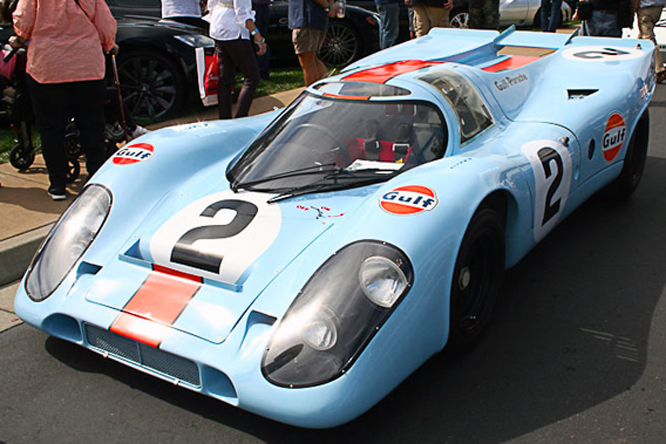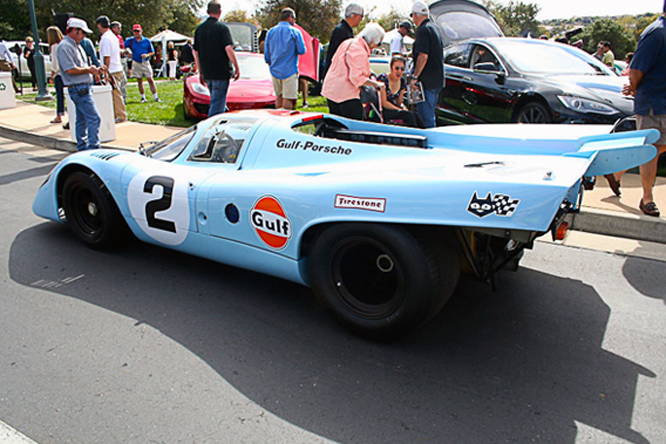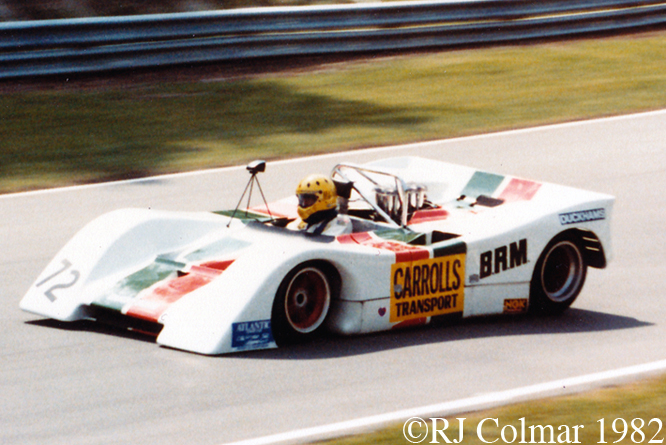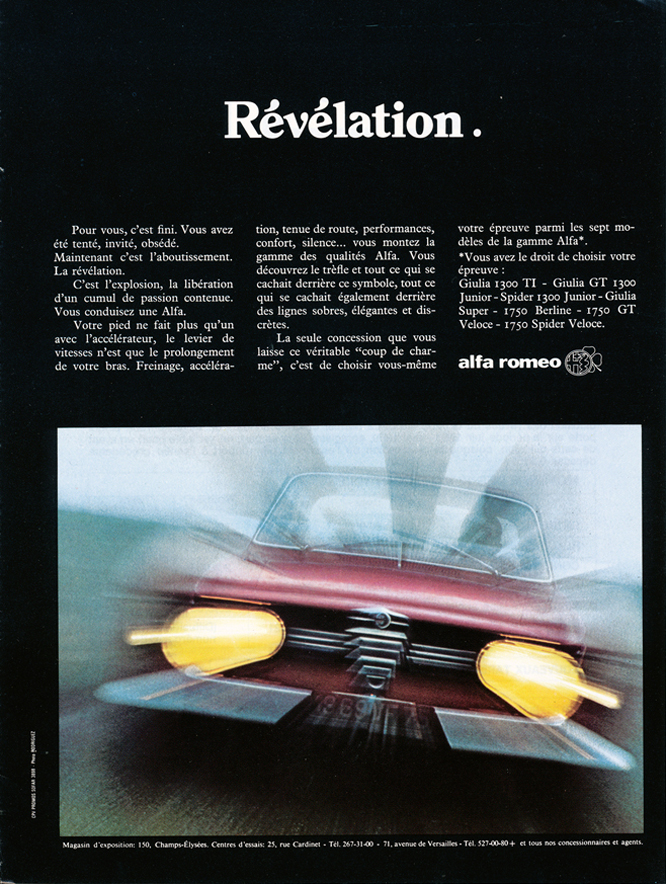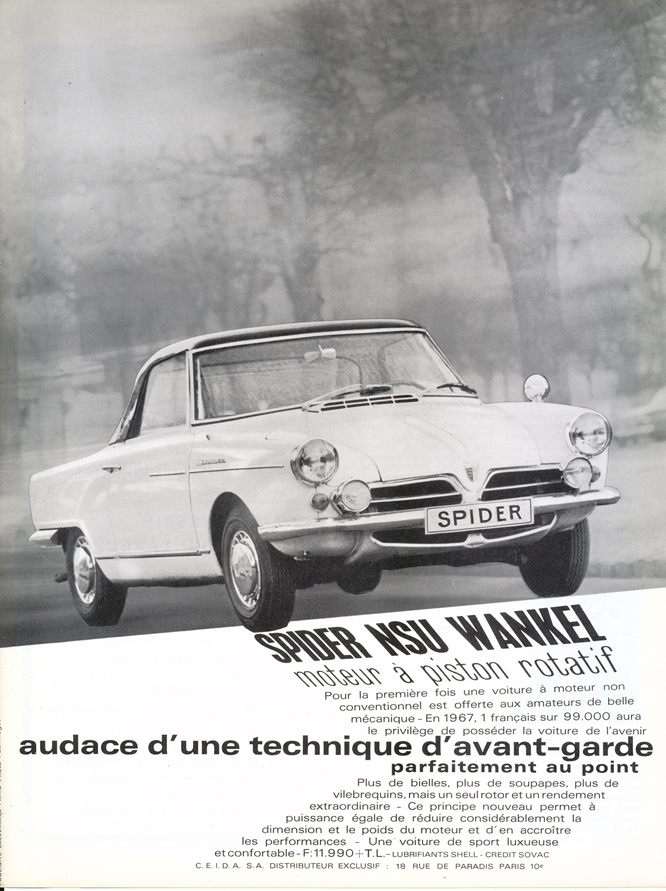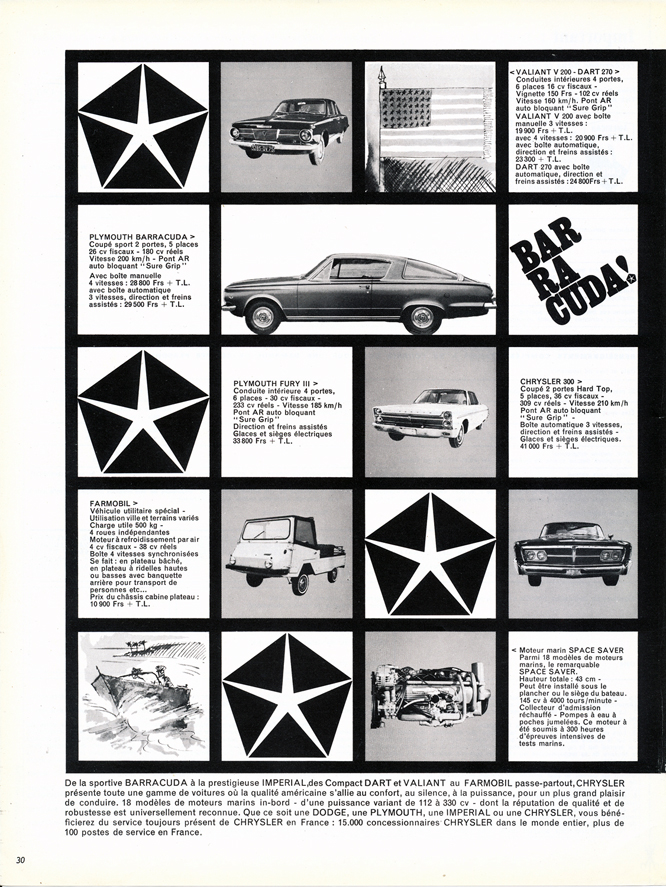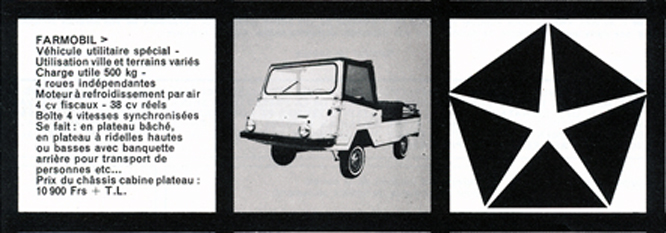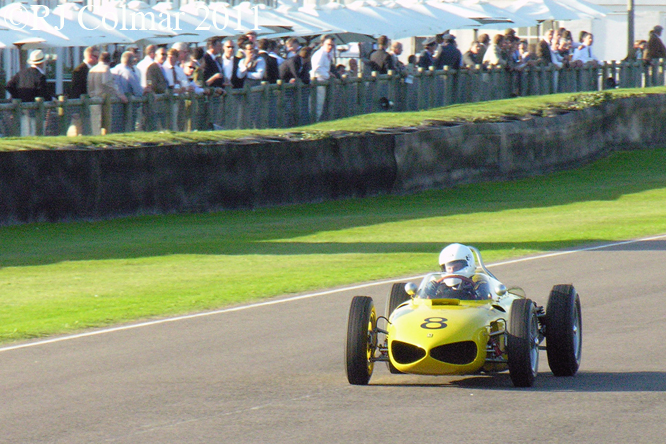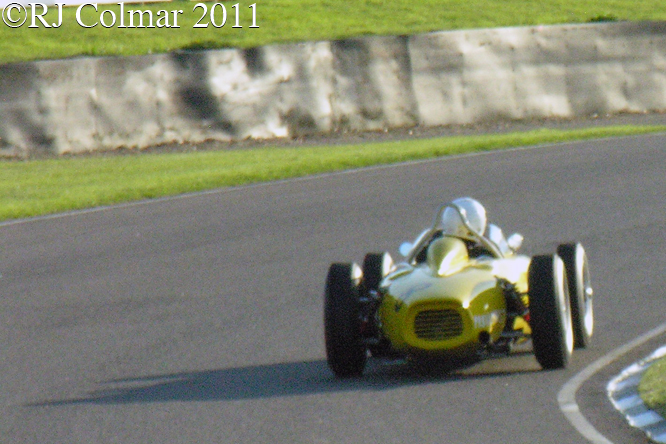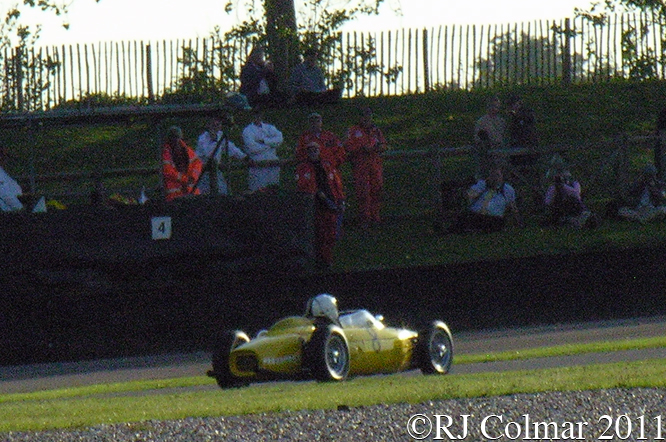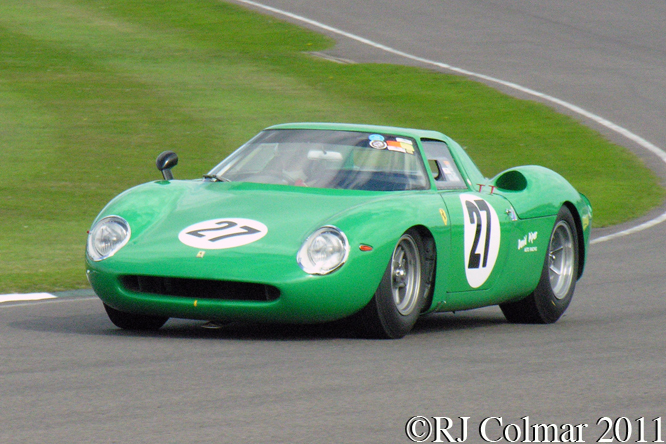Born Hans Johan to Dutch parents who settled in Muncie, Indiana John Lee Paul won a Harvard Scholarship before making his fortune managing mutual funds.
From the early 60’s until 1976 John raced sporadically and showed a good turn of speed by taking several class victories driving a Porsche 550 RS and there after a Chevrolet Corvette.
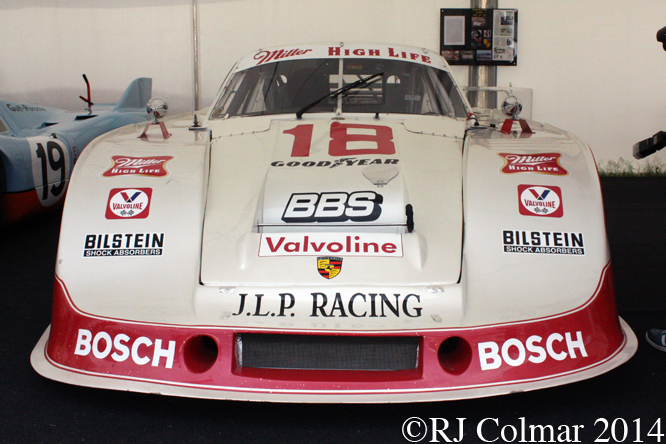
In 1977 John competed in the IMSA GTO class with a Porsche 911 Careera RS and a Dekon built Chevrolet Monza, the following season he moved up to competing in the IMSA GTX class with a Protofab built Corvette and later his first Porsche 935 which became JLP-1.
The of the highlights of his 1978 season was winning the Daytona Six Hour race for production cars driving a Mazda RX2 shared with Jim Downing another was a class win with Dick Barbour and Brian Redman at Le Mans in Dicks Porsche 935.
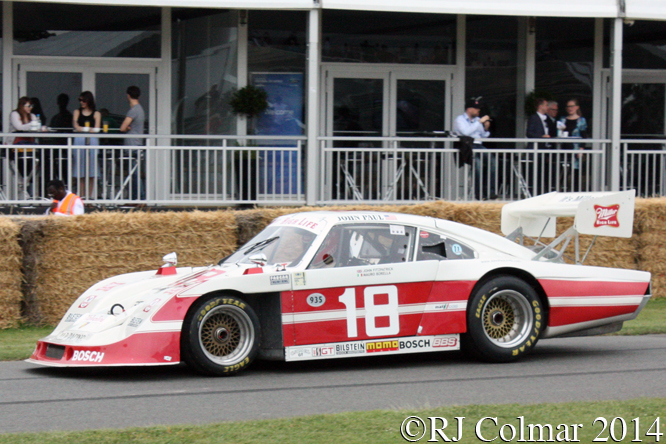
For 1979 John ran the ever more modified JLP-1 in both the IMSA and SCCA Trans=Am series winning 6 races in the latter.
The following year he split his time between, running in Preston Henn’s Porsche 935 K3 in the States and his own modified K3 which became JLP-2 in Europe, until after the Le Mans 24 Hours where he Guy Edwards and son John Paul Jnr finished 9th.
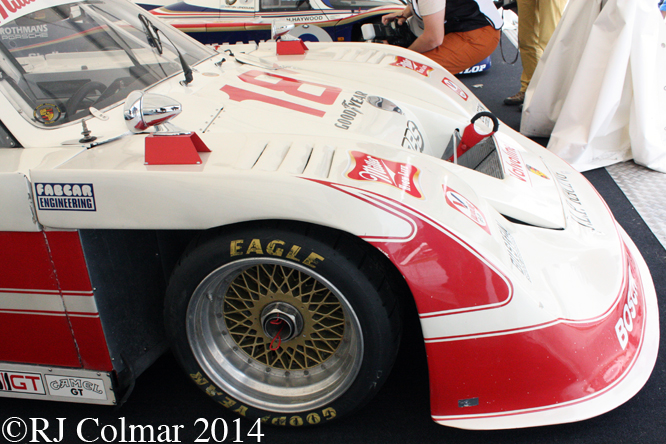
JLP-2 then returned to the States for the remainder of the 1980 season where father and son recorded a win at Road America.
For 1982 JLP racing ran a new Gaaco built 935 JLP-3, in which Jnr won at Potland and Daytona at the season’s end, and a Chevy powered Lola T600 which finished only once, 3rd at Sears Point, from six starts.
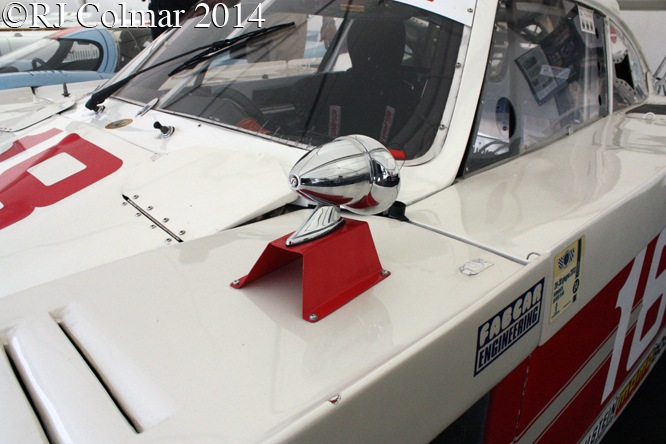
By now John Paul Snr had commissioned Lee Dykstra to design and Fabcar to build the ultimate no expense spared Porsche 935 silhouette race car seen in these photograph’s at Goodwood Festival of Speed with John Fitzpatrick at the wheel.
JLP-4, unlike all other Porsche 935’s, was built with a monocoque chassis and a subframe to hold the 840 hp twin turbo 3.2 litre / 195 cui flat six motor.
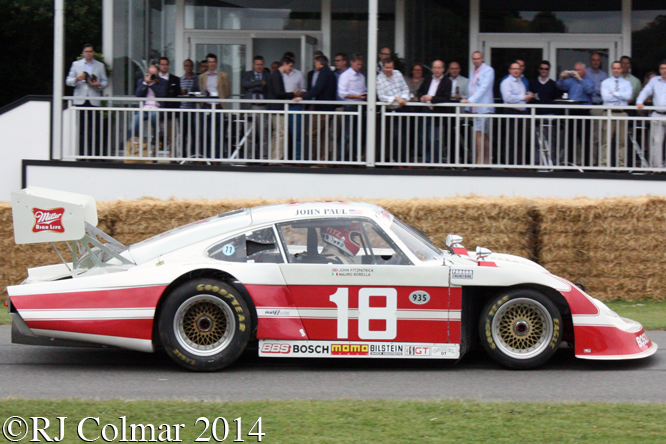
Lee Dykstra with the aid of the Lockheed wind tunnels managed to incorporate aerodynamic venturi into the chassis as first seen in a racing application on Colin Chapman’s 1978 Lotus 79.
Rolf Stommelen joined the Pauls in JPL-3 to win the 1982 Daytona 24 hour race before Jnr and Snr shared the same car to win the 12 Hour Sebring race.
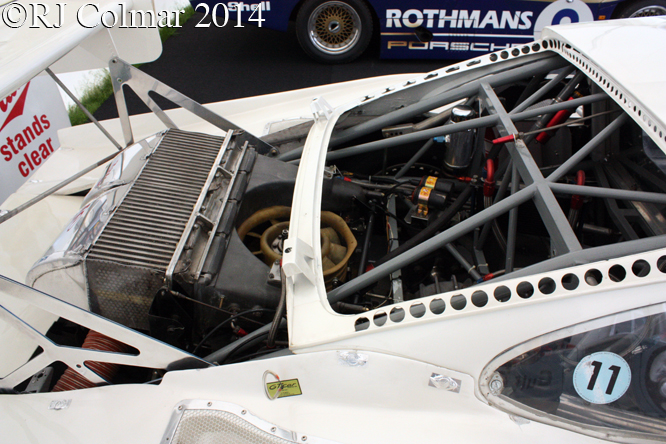
Jnr then drove to a solo victory in JLP-3 at Road Atlanta, another in the T600 at Laguna Secca before jumping back into JLP-3 to share a victory with his Dad at Charlotte.
The $750,000 (US Dollars Seven Hundred and Fifty Thousand) JLP-4 was ready for it’s debut at Brainerd and after qualifying 2nd Jnr came home first, 17 seconds ahead of Danny Ongias who was followed by team patron Ted Field both driving a Lola T600’s.
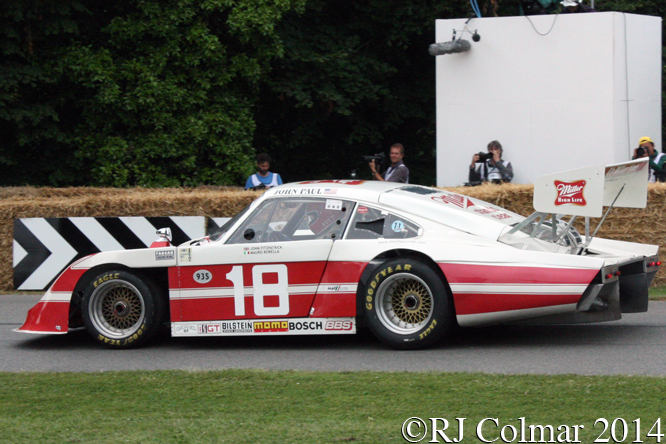
At Portland, the cars second appearance, Jnr qualified on pole and won by 37 seconds from Ted Field, this turned out to be the last victory for the car which was damaged in testing.
The Pauls meanwhile notched up 2 more victories in JLP-3 in the 6 hour race at Watkins Glen and at Road Atlanta.

At end of the season Jnr’s eight wins and his seasons other placings were enough for John Paul Jnr aged 22 to be crowned the youngest ever IMSA champion.
JLP-4 appeared twice in 1983 at Daytona for the 24 hours where Jnr and Phil Currin qualified 41st but withdrew and at Road Atlanta where Jnr shared the driving with Rene Rodriguez to come home 6th from 6th on the grid.
By now John Paul Snr was a wanted man, on the run in Switzerland, for shooting a federal drug informant, after serving six months in Switzerland for traveling with false documents he was extradited to the USA where he pleaded guilty to attempted murder for which he served 13 years, while on parole after being questioned about the disappearance of his girl friend John Paul Snr went on the run again, neither he or his girl friend have been seen since.
John Paul Jnr continued racing with some success until he too was imprisoned; for admitting to racketeering, preparing a boat to smuggle drugs from Colombia to Louisiana, three years later he was released and continued racing, winning an IRL race at Texas before being diagnosed with Parkinson’s disease.
Thanks for joining me on this “Ground Effect Silhouette” edition of “Gettin’ a li’l psycho on tyres” I hope you will join me again tomorrow for Ferrari Friday. Don’t forget to come back now !


